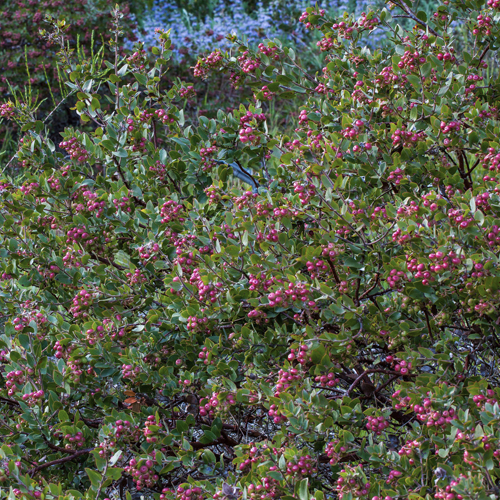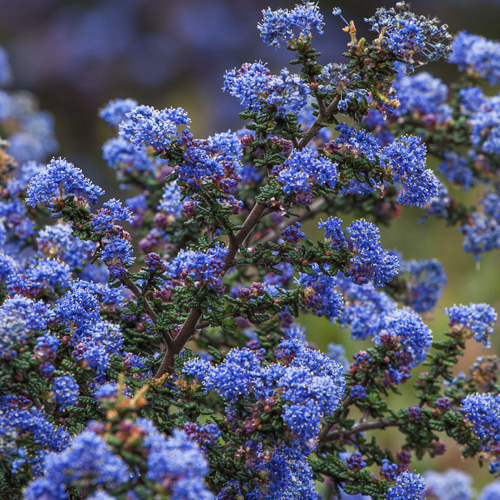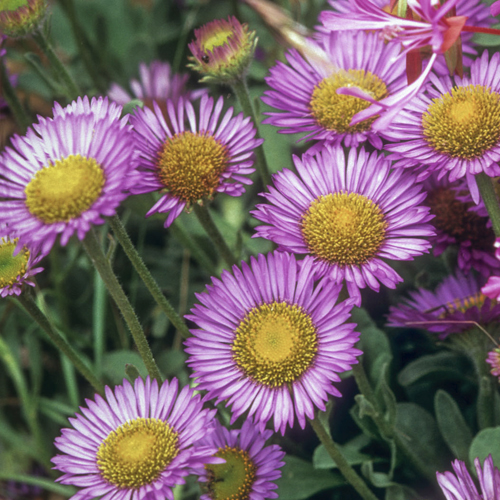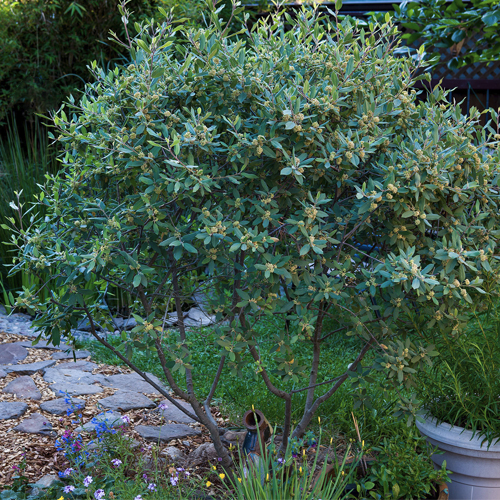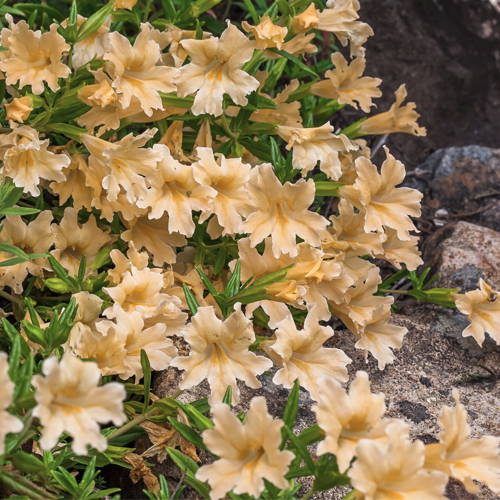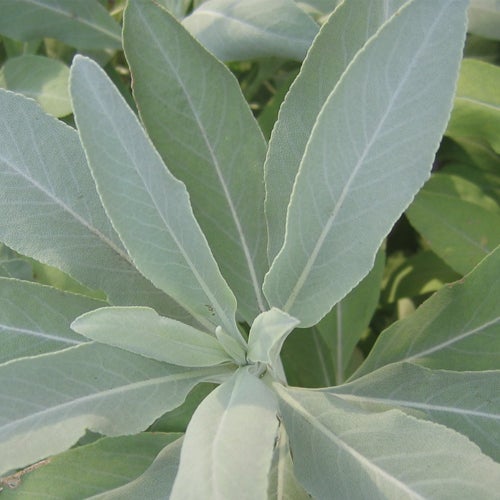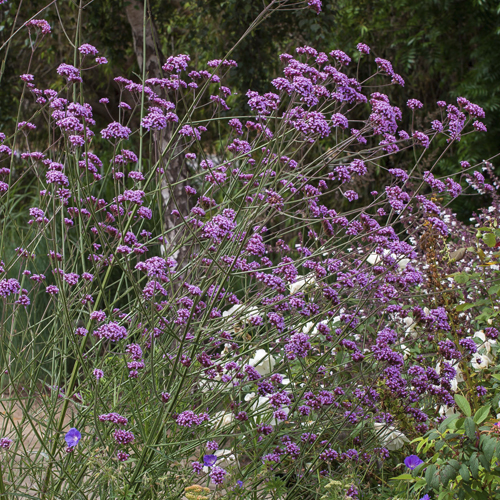Purple Victorian Pollinator Paradise
BACK TO FULL TOUR
Garden Features
Drought Tolerant
California Natives
Pesticide Free
Sheet Mulching
Lawn Conversion
Lawn-Free Landscaping
Permeable Surfaces
Wildlife Habitat
Pollinator Plants
Partner: City of Petaluma
After moving to Petaluma in 2020, and completing some major renovations on our 1906 home that forestalled any planting, I was finally able to design and install a California native pollinator garden in our front yard in Spring 2023. During renovations, we let the front lawn die, and I dug up and removed any persistent grasses. Permeable gravel pathways bisecting the garden were added and the heavy compacted clay soil was amended with green (no manure) compost. Prior to planting, modified sheet mulching was done to help block weed growth. In just the first six months, the many flowering plants attract numerous butterflies and a variety of bee species, as well as lizards that shelter in the low retaining wall. A small recirculating fountain brings in bird visitors.
Heavily influenced by author Doug Tallamy and the urgent need to provide a garden that supports life, the plants chosen are almost entirely California native species. The many blooming perennials, shrubs and annuals provide color, texture, fragrance and flowers for cutting over a long bloom season, as well as pollen and seeds for birds, insects and wildlife. All plants were planted from 4” and 1 gallon size pots – you’ll be able to see how bountiful and colorful a native garden can be in just one year!
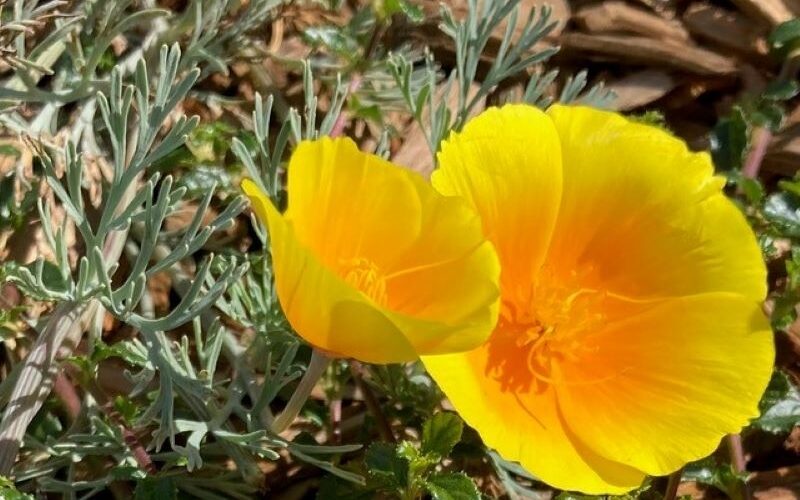
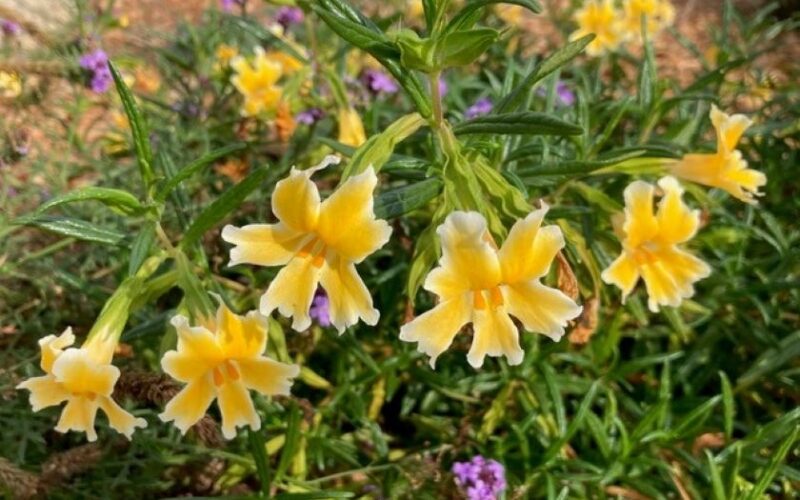
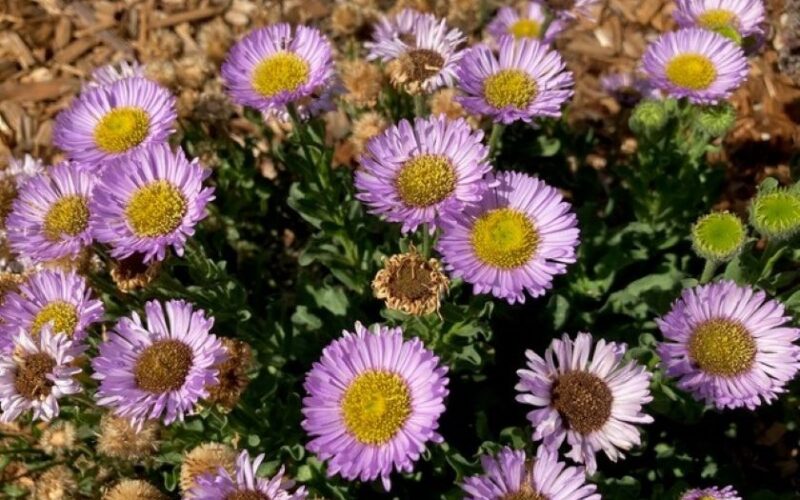
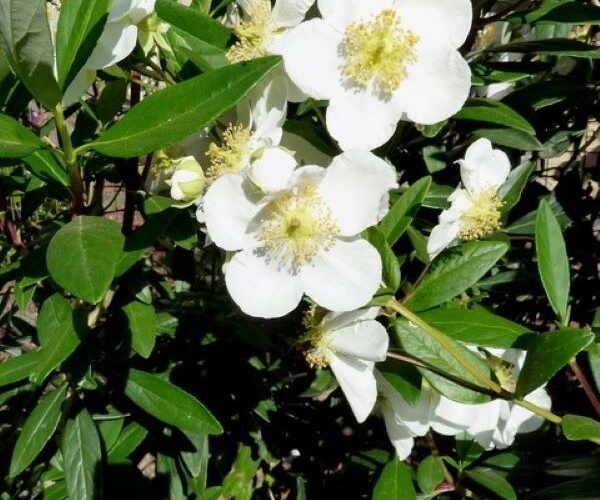
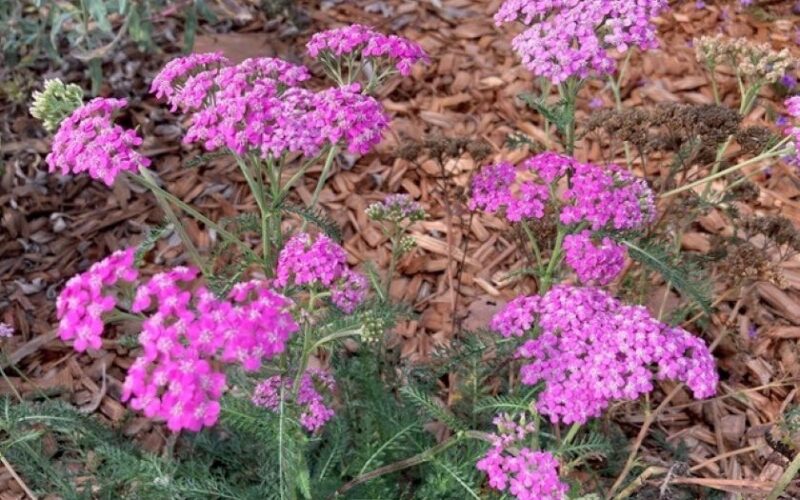
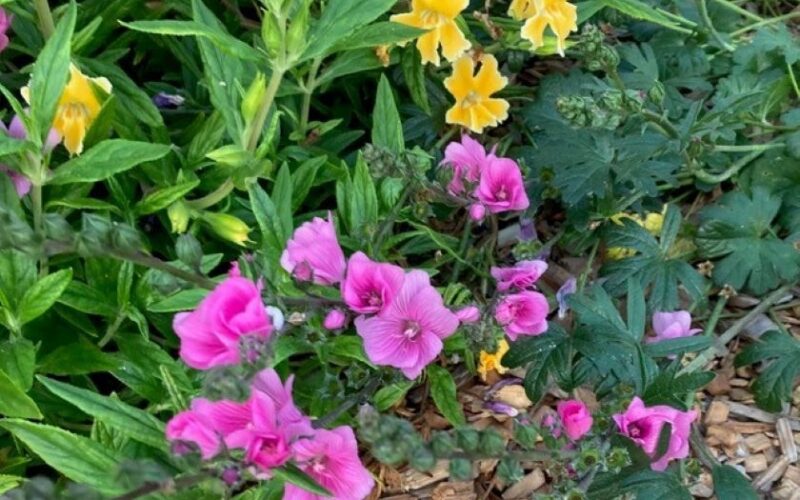
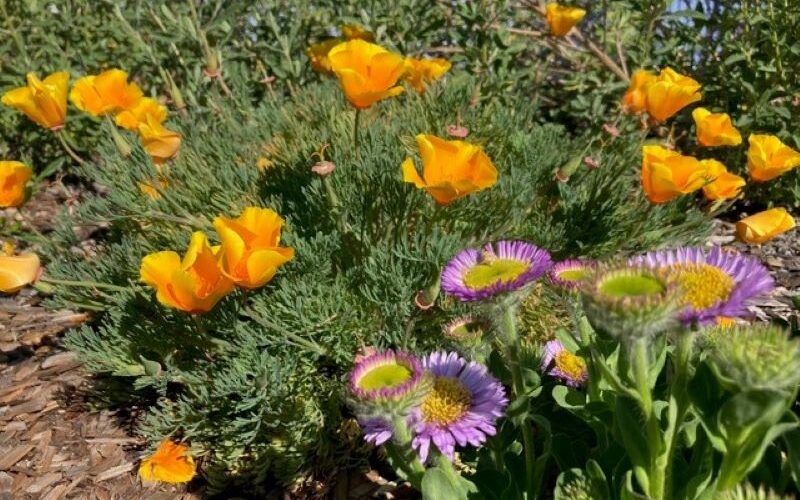
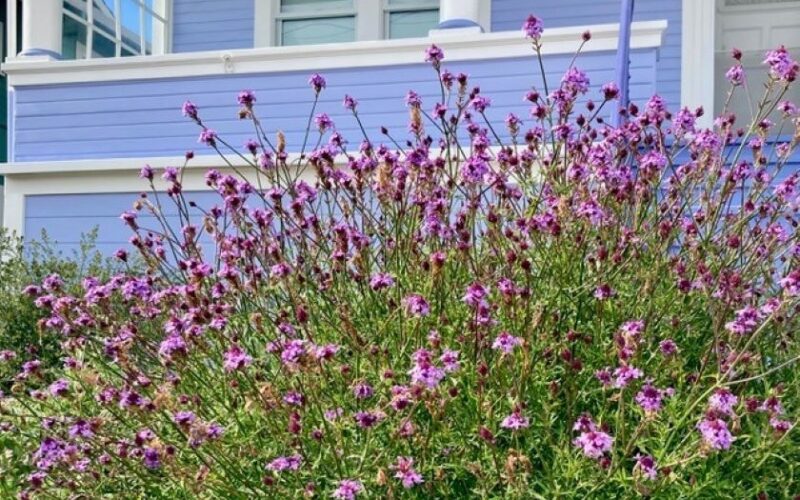
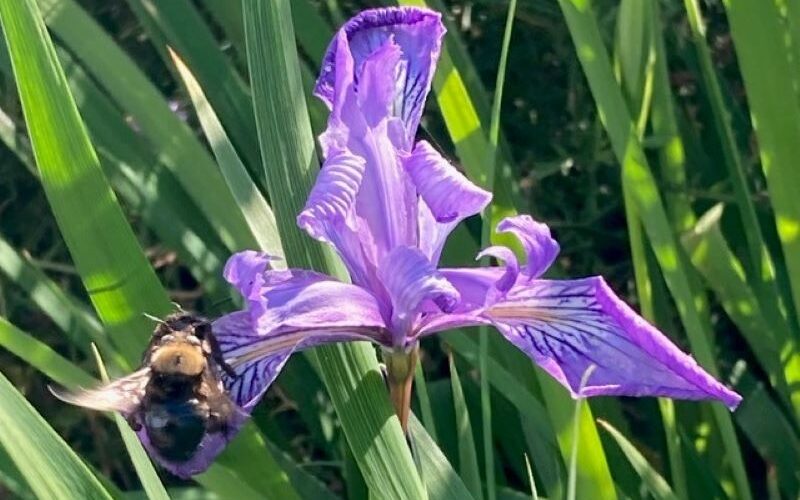
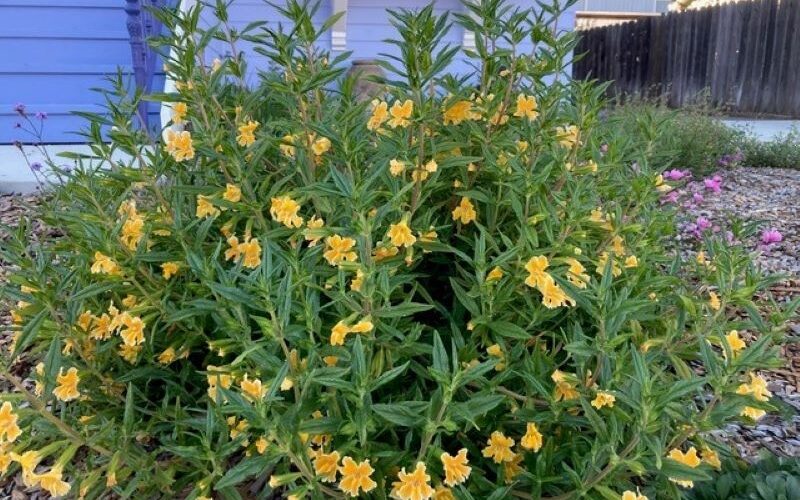
Plants in this Garden
Favorite Plants
Margarita Bop Penstemon
Penstemon heterophyllus ‘Margarita BOP’
De La Mina Verbena
Verbena lilacina ‘De La Mina’
Bountiful Seaside Daisy
Erigeron glaucus ‘Bountiful’
Mound San Bruno California Coffeeberry
Frangula californica ‘Mound San Bruno’
Russian River Coyote Mint
Monardella villosa ‘Russian River’
Favorite Garden Suppliers
Cal Flora Nursery
2990 Somers Street Fulton
Recommended Resources
Nature's Best Hope
Written by Doug TallamyCalifornia Native Plants for the Garden
Written by Bornstein, Cross & O’BrienCalifornia Native Gardening: A Month-By-Month Guide by Helen Popper
Written by Helen PopperCalscape
Calscape offers a database of plants native to California, along with details on their characteristics and habitat requirements. Additionally, it aims to promote the use of native plants in landscaping to support biodiversity and to conserve water.Gardening Tips
What you plant matters.
For a garden that is nurtures life, plant California natives that support birds, bees, butterflies and other creatures.
Preparation is key.
Get to know your garden (sun/shade, soil, drainage, etc.), improve the soil if needed, sheet mulch to minimize weeding, and plan before you plant. Until you’re ready to plant, you can grow many California natives in containers.
Embrace imperfection.
Plants don’t always behave as described. Plan to leave at least enough space for their full mature size and width.
